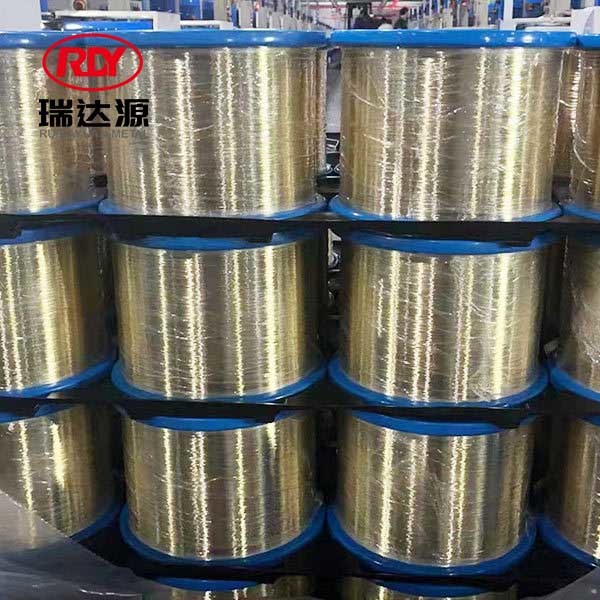Understanding Bead Wire: Essential Insights for Professionals in the Steel Industry
Release Time:
Aug 15,2025
Bead wire is a specialized type of wire used in various applications, most notably in the manufacturing of tires, but it also plays an integral role in the building and decoration materials industry, especially in the realm of steel materials and wire ropes. Understanding bead wire involves recognizing its properties, production processes, and various applications, which can be crucial for profess

Bead wire is a specialized type of wire used in various applications, most notably in the manufacturing of tires, but it also plays an integral role in the building and decoration materials industry, especially in the realm of steel materials and wire ropes. Understanding bead wire involves recognizing its properties, production processes, and various applications, which can be crucial for professionals in the sector.
At its core, bead wire is a high-strength steel wire that is typically used to reinforce the edges of tires, ensuring structural integrity and durability. The manufacturing process of bead wire involves drawing steel wire through a series of dies to achieve the desired diameter while enhancing its tensile strength. This process is often followed by a coating treatment to prevent corrosion and increase longevity. Such characteristics make bead wire not only a vital component in tire production but also a valuable material in construction, where strength and resilience are paramount.
In the steel materials industry, bead wire may be utilized in various decorative and functional applications. For example, when incorporated into wire ropes, its strength allows for the creation of lifting and suspension systems that can support heavy loads. This makes bead wire a critical component in construction sites where safety and reliability are non-negotiable.
Moreover, bead wire’s versatility extends to the decorative materials sector, where its aesthetic appeal can enhance design elements. Fabricators may use bead wire to create intricate designs in architectural features, railings, and various decorative installations. Its availability in different diameters and coatings allows for customization based on specific project requirements, making it a favored choice among architects and builders.
When considering bead wire for a project, it is essential to evaluate the various grades available, as different applications may require different levels of strength, flexibility, and resistance to environmental factors. Professionals in the industry must remain informed about the specifications and potential uses of bead wire to make educated decisions that align with project goals.
In conclusion, bead wire is a multifaceted material within the steel industry, contributing significantly to both functional and decorative applications. By understanding its properties and uses, professionals can better leverage bead wire in their projects, enhancing both durability and aesthetic appeal. As the construction and decoration industries continue to evolve, the importance of such materials cannot be overstated, positioning bead wire as an essential component in future developments.
At its core, bead wire is a high-strength steel wire that is typically used to reinforce the edges of tires, ensuring structural integrity and durability. The manufacturing process of bead wire involves drawing steel wire through a series of dies to achieve the desired diameter while enhancing its tensile strength. This process is often followed by a coating treatment to prevent corrosion and increase longevity. Such characteristics make bead wire not only a vital component in tire production but also a valuable material in construction, where strength and resilience are paramount.
In the steel materials industry, bead wire may be utilized in various decorative and functional applications. For example, when incorporated into wire ropes, its strength allows for the creation of lifting and suspension systems that can support heavy loads. This makes bead wire a critical component in construction sites where safety and reliability are non-negotiable.
Moreover, bead wire’s versatility extends to the decorative materials sector, where its aesthetic appeal can enhance design elements. Fabricators may use bead wire to create intricate designs in architectural features, railings, and various decorative installations. Its availability in different diameters and coatings allows for customization based on specific project requirements, making it a favored choice among architects and builders.
When considering bead wire for a project, it is essential to evaluate the various grades available, as different applications may require different levels of strength, flexibility, and resistance to environmental factors. Professionals in the industry must remain informed about the specifications and potential uses of bead wire to make educated decisions that align with project goals.
In conclusion, bead wire is a multifaceted material within the steel industry, contributing significantly to both functional and decorative applications. By understanding its properties and uses, professionals can better leverage bead wire in their projects, enhancing both durability and aesthetic appeal. As the construction and decoration industries continue to evolve, the importance of such materials cannot be overstated, positioning bead wire as an essential component in future developments.
Keywords:
Related news








